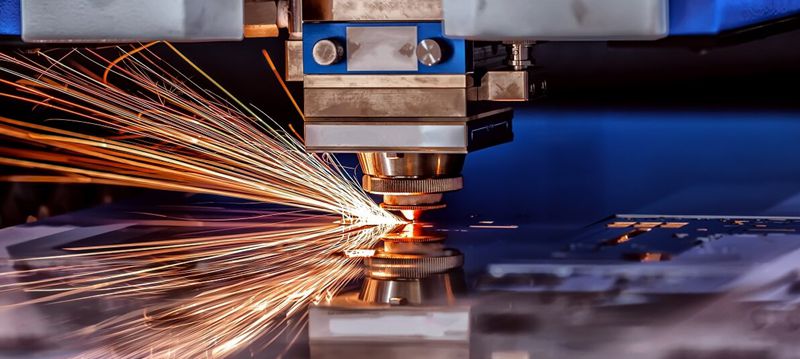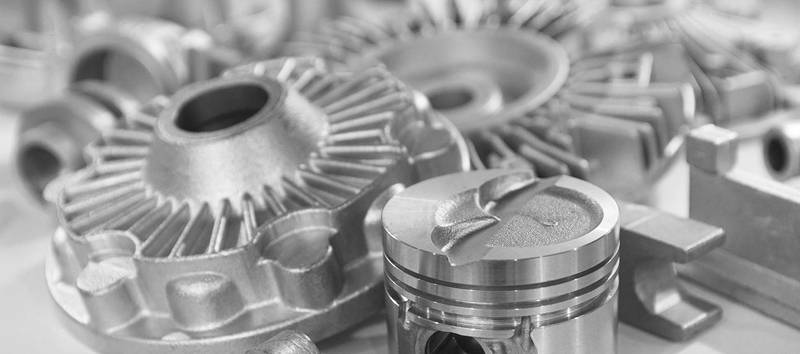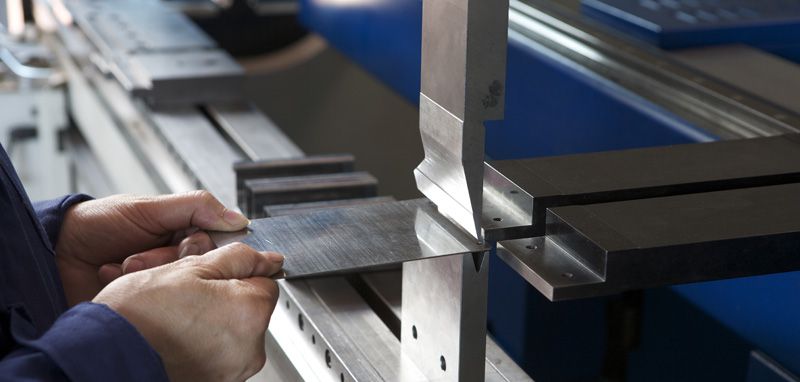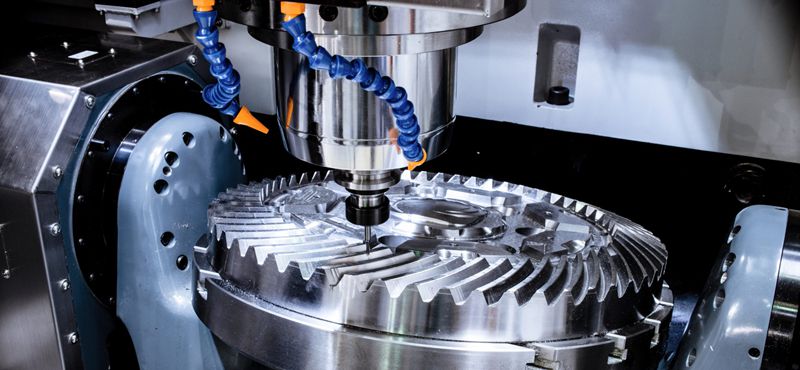Automotive metal fabrication is the backbone of modern vehicle manufacturing, combining precision engineering with innovative materials. Whether you’re designing a lightweight chassis or crafting durable body panels, understanding fabrication techniques is critical. This guide explores key processes, material selections, and actionable design tips to optimize performance and cost-efficiency.
Table of Contents
1. Key Metal Fabrication Processes
1.1 Laser Cutting
Laser cutting ensures high precision for complex shapes in sheet metal. Modern systems use CNC controls for repeatability.

1.2 Hydroforming
Hydroforming uses pressurized fluid to shape metal, reducing weight while maintaining strength—ideal for exhaust systems and frames.
1.3 Welding Techniques
From TIG to MIG welding, choosing the right method impacts structural integrity. Advanced robotics now dominate OEM production lines.
2. Materials Used in Automotive Fabrication
2.1 High-Strength Steel (HSS)
HSS balances weight and crashworthiness, widely used in safety-critical components like car door beams.
2.2 Aluminum Alloys
Aluminum reduces vehicle weight by up to 40%, crucial for EVs. Popular in hoods and suspension parts.

3. Design Tips for Efficiency and Durability
- Minimize Welds: Use bent or folded designs to reduce stress points.
- Corrosion Resistance: Specify galvanized steel or coatings for longevity.
- Modularity: Design components for easy assembly/disassembly (e.g., modular chassis).

4. Frequently Asked Questions (FAQ)
Q: What’s the best metal for lightweight automotive parts?
A: Aluminum alloys and carbon fiber composites are top choices for weight-sensitive applications like EV battery enclosures.
Q: How does hydroforming compare to stamping?
A: Hydroforming offers better material utilization and complex geometries but requires higher initial tooling costs.
Q: Can 3D printing replace traditional metal fabrication?
A: While additive manufacturing excels in prototyping, mass production still relies on stamping and casting for cost efficiency.
Precision Automotive Metal Fabrication by Ruixin Mold
At Ruixin Mold, we specialize in high-precision automotive metal fabrication, providing advanced solutions for durable and high-performance vehicle components. With expertise in CNC machining, stamping, laser cutting, and die casting, we deliver top-quality parts for various automotive applications, ensuring precision, strength, and efficiency.
Advanced Fabrication Processes at Ruixin Mold
We utilize cutting-edge manufacturing techniques to meet the strict demands of the automotive industry:
-
CNC Machining – Achieves high-precision metal components with tight tolerances.
-
Laser Cutting – Provides clean, precise cuts for complex designs with minimal material waste.
-
Metal Stamping & Forming – Ideal for mass-producing body panels, brackets, and structural parts.
-
Die Casting – Produces lightweight yet strong aluminum and magnesium alloy parts.
-
Injection Molding for Metal Components – Ensures consistent quality for intricate parts.
High-Quality Materials for Automotive Applications
We work with a variety of premium metals to enhance vehicle performance:
-
Aluminum – Lightweight and corrosion-resistant, perfect for body panels and engine components.
-
High-Strength Steel Alloys – Essential for chassis, frames, and reinforced structures.
-
Magnesium Alloys – Ultra-lightweight, used in performance and luxury automotive applications.
-
Titanium – High strength-to-weight ratio, commonly used in exhaust systems and precision parts.
Why Choose Ruixin Mold for Automotive Metal Fabrication?
-
Precision Manufacturing: Advanced CNC and laser technologies ensure high accuracy.
-
Custom Solutions: We tailor designs to meet specific automotive requirements.
-
Quality Assurance: Rigorous inspections guarantee top-tier durability and performance.
-
Scalability: We support both prototyping and mass production with fast turnaround times.
At Ruixin Mold, we are committed to delivering high-performance, precision-engineered automotive metal components that meet the evolving demands of the automotive industry. Whether you need custom metal parts, prototyping, or large-scale production, our expertise ensures superior results.
👉 Contact us today to discuss your next automotive metal fabrication project!
Conclusion
Mastering automotive metal fabrication involves selecting the right processes, materials, and design strategies. As the industry shifts toward sustainability, innovations like lightweight alloys and automated fabrication will dominate. For deeper insights, explore our guide on automotive welding standards.


